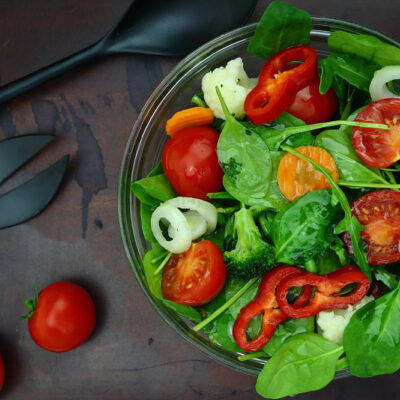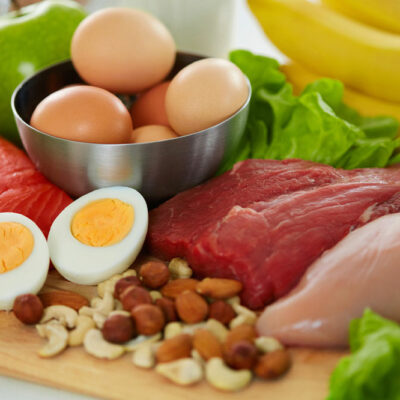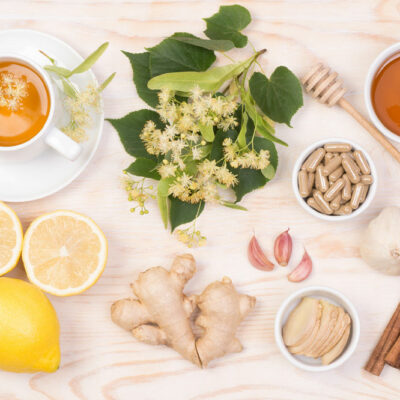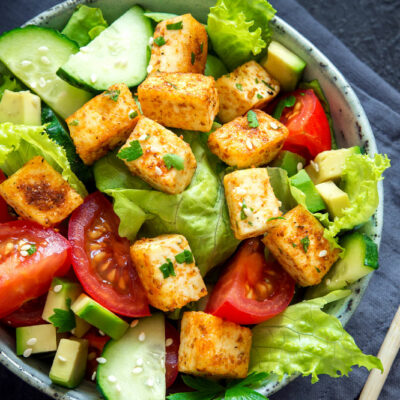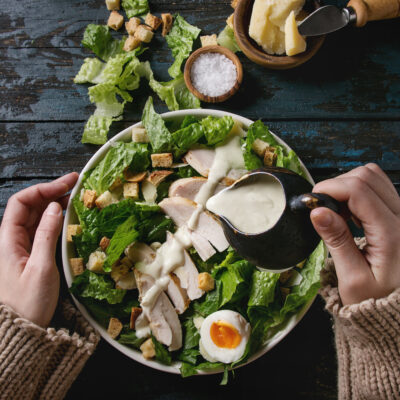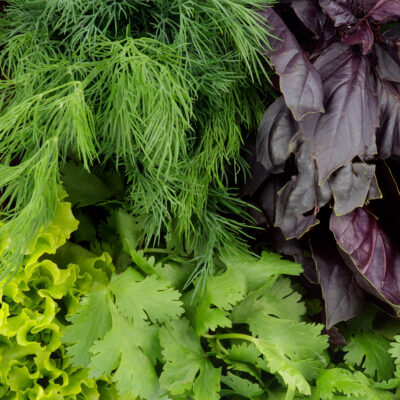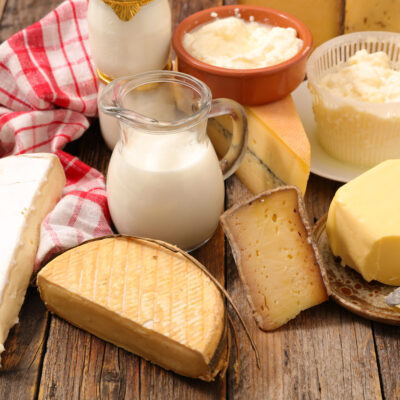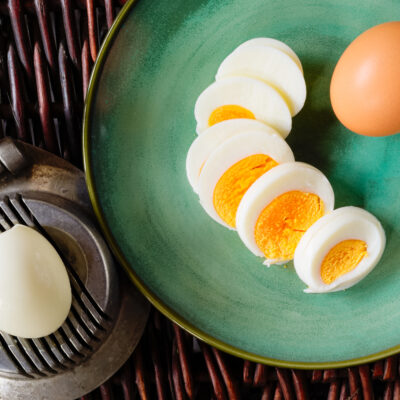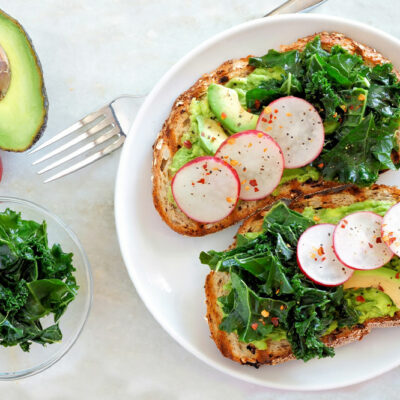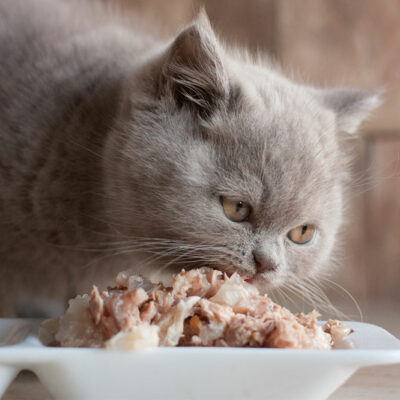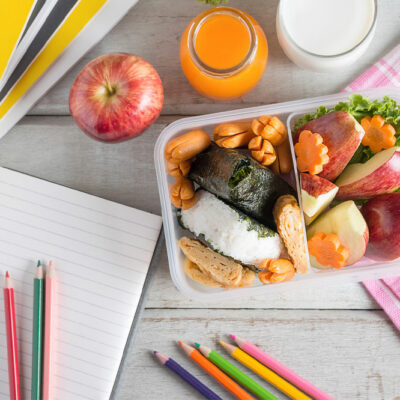
Food
10 Healthy and Filling Snacks for Kids
Despite having three healthy meals a day, kids seem hungry all the time. The simple solution is to provide them with nutritious and filling snacks. Here are the top ten snacks you should buy or make for your kids. 1. Cheese String cheese or small cheese cubes are an excellent snack for kids of all ages. They benefit from the protein and fats cheese provides. You can also offer them cream cheese with raw veggies or sesame sticks. 2. Granola bars An easy way of getting your kids to eat grains is with granola bars. Instead of buying granola bars with added sugar and preservatives, make these fiber and mineral-rich bars at home so your kids can grab one anytime hunger strikes. 3. Popcorn Popcorn is a surprisingly healthy and filling snack. The fiber from corn keeps kids feeling full for longer. Homemade, air-popped popcorn is the most nutritious. Remember to scrimp on salt and try healthy toppings like grated parmesan cheese, matcha powder, and dark chocolate sauce. 4. Smoothies Smoothies are a super nutritious snack for kids. Blend fruits your children like along with regular almond, soy milk, yogurt, or cream to add some calcium and protein. You could include assorted nuts and seeds for additional healthy fats.
Read More 